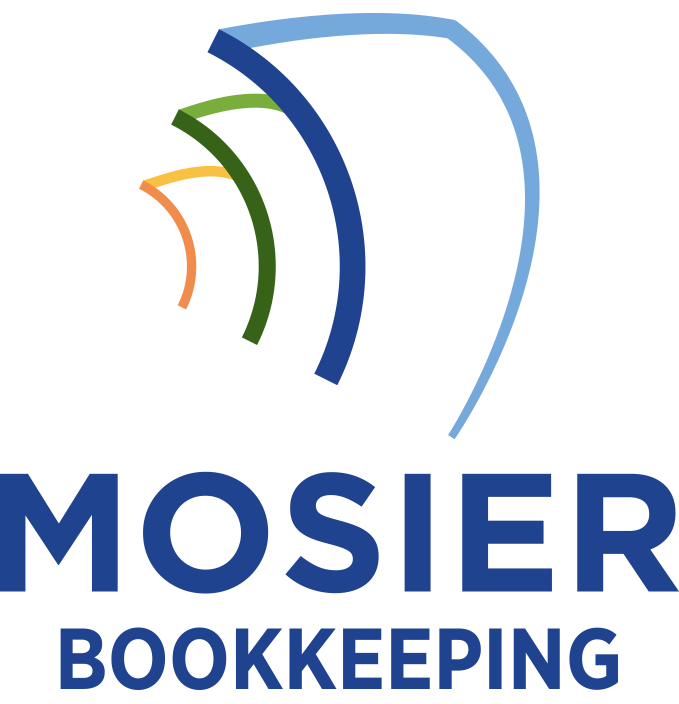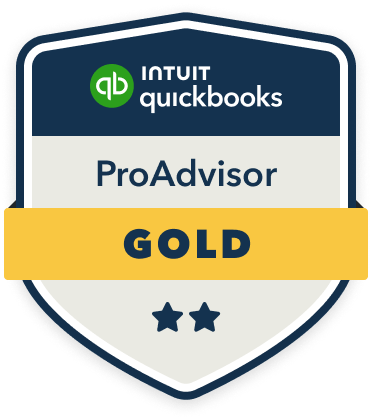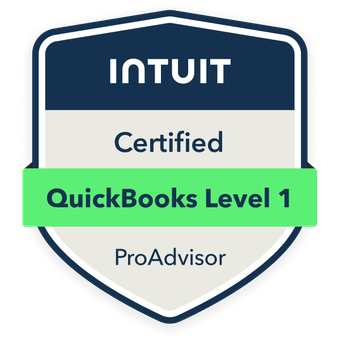For effective IP bookkeeping, I recommend categorizing your intellectual property assets according to GAAP guidelines, with patents and trademarks capitalized as intangible assets, while research costs are expensed immediately. You’ll need to track R&D expenditures separately, calculate appropriate amortization schedules, and maintain detailed records of legal costs and registration fees. Implementing specialized IP management software can help automate royalty calculations and monitor revenue streams. The following sections explore each critical component of IP accounting in detail.
Understanding Different Types of IP Assets and Their Accounting Treatment

When managing the books for intellectual property businesses, understanding how to properly classify and account for different IP assets is essential. I categorize IP assets into four main types: patents, trademarks, copyrights, and trade secrets. Each requires distinct accounting treatment under GAAP guidelines.
Patents and trademarks are capitalized as intangible assets and amortized over their legal or useful life. I record copyrights at cost and amortize them over their expected revenue-generating period. Trade secrets maintain indefinite value and require annual impairment testing rather than amortization. Proper classification directly impacts financial statements and valuation metrics.
Recording Research and Development Expenditures
Anyone managing IP business accounting must understand the complexities of research and development (R&D) expenditure rules. I’ll explain how to capitalize or expense these costs based on development stage and potential future benefits.
I record research costs as immediate expenses, as they’re inherently uncertain. However, I capitalize development expenditures once the project demonstrates technical feasibility and commercial viability. This approach aligns with FASB ASC 730 and IAS 38 standards.
I maintain detailed documentation tracking each R&D phase, including personnel costs, materials, equipment, and overhead allocations. This granular tracking verifies accurate financial reporting and maximizes tax benefits through R&D credits.
Managing Legal Costs and Registration Fees
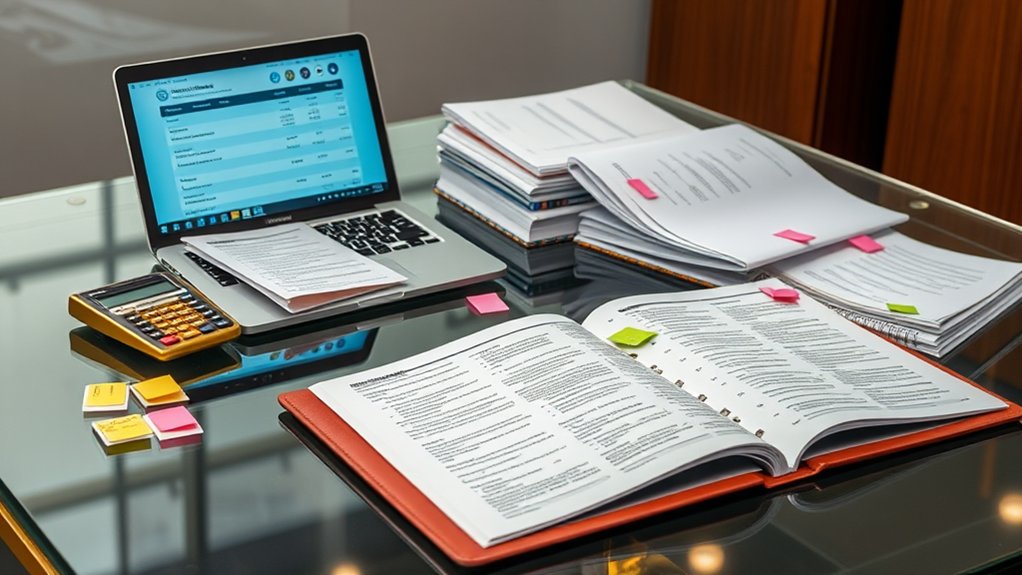
Beyond R&D tracking, the financial management of intellectual property requires precise handling of legal expenses and registration fees. I’ll show you how to categorize these costs effectively for maximum tax benefit and asset valuation.
| Cost Type | Strategic Treatment |
|---|---|
| Patent Filing | Capitalize as intangible asset |
| Trademark Registration | Amortize over protection period |
| Legal Defense | Expense in current period |
| Renewal Fees | Record as maintenance expense |
| Application Fees | Capitalize with primary IP cost |
You’ll need separate ledger accounts for each IP type and jurisdiction. Track deadlines for renewal fees and maintenance payments to protect your IP portfolio. I recommend using specialized IP management software integrated with your accounting system for automated cost tracking.
Calculating Amortization and Depreciation of IP Assets
Since intellectual property assets have finite useful lives, calculating their amortization and depreciation requires systematic valuation methods that comply with accounting standards. I’ll show you how to maintain control over your IP value assessment while maximizing tax benefits.
- Apply straight-line amortization over the legal life of patents (20 years), trademarks (10 years), and copyrights (life plus 70 years)
- Calculate annual amortization by dividing the asset’s initial cost by its useful life
- Document impairment tests annually to adjust carrying values when market conditions affect your IP’s worth
Track these calculations meticulously in your general ledger to defend your asset valuations during audits.
Tracking IP-Related Revenue Streams and Royalties
Managing multiple IP revenue streams requires robust tracking systems to capture licensing fees, royalty payments, and usage-based income across your intellectual property portfolio. I recommend implementing specialized IP management software to automate royalty calculations and monitor payment schedules. You’ll need separate ledger accounts for each revenue type: licensing, merchandising, and direct sales.
Track key metrics like per-unit royalties, minimum guarantee thresholds, and territory-specific earnings. I advise setting up real-time dashboards to monitor payment conformity and identify revenue trends. Regular audits of licensee reports guarantee accuracy and protect your IP assets from underreporting or misuse.
